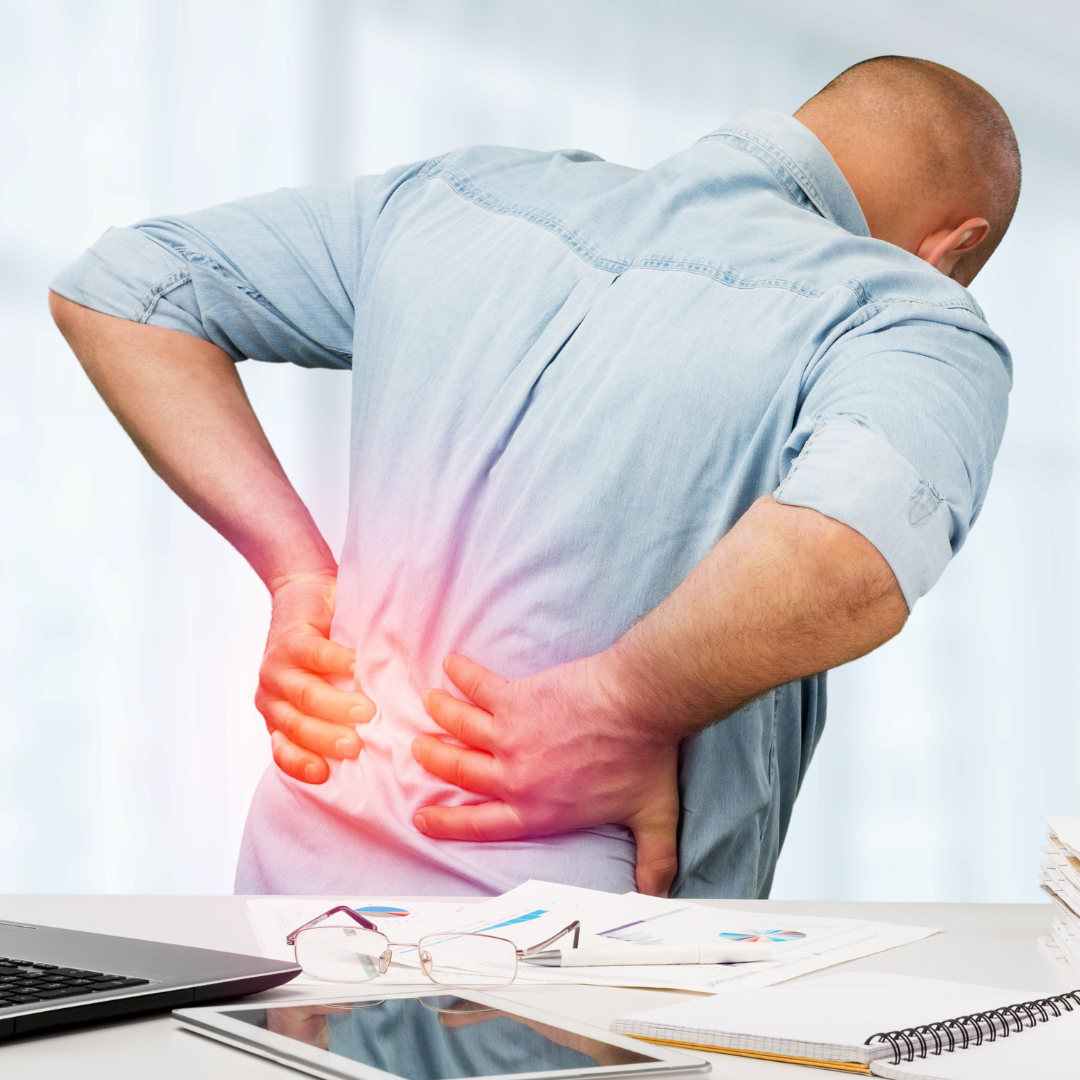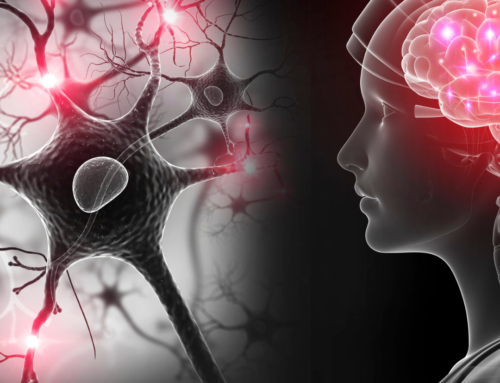There’s nothing more frustrating than the feeling of constantly having low back pain or the fear that you’ll throw out your back again and tweak it. Low back pain is a common ailment that affects millions worldwide. Whether it’s a result of an injury, aging, or other factors, understanding its causes and management is crucial.
Today we’re exploring some of the common causes of low back pain seen in many patients as well as how to return to functioning more normally when you’ve been dealing with low back pain.
Causes of Low Back Pain
If you think that you’re getting shorter as you get older, you’re not imagining it. The height of the discs in our spine shrinks as a normal part of the aging process. This can sometimes cause back pain but also other factors like degenerative disc disease, injuries to the low back, or lots of compressive forces on the spine from work or sports like weightlifting were a big part of your life.
The Role of Movement in Recovery
Avoiding movements like lifting or flexing due to fear of pain can actually hinder recovery. Think about how long a cut on your skin takes to heal and compare that to the recovery time of your back pain. The skin is the fastest turning over tissue in the body, so if your pain is gone before a cut is, there’s no injury to the tissues of your back being done. The pain is still real – it’s a signal that you’re getting into dangerous territory but it’s not a sign that you’re doing something bad.
The lumbar spine is naturally designed to flex and extend. Restricting these movements can be detrimental to its health. We often sensitize to pain or feel different sensations in our back after we’ve had an injury which can make it hard to work through the initial discomfort when trying to fix your back pain.
The bottom line is that we have to keep moving. Living in fear of pain will only lead to further restriction in your mobility.
Stenosis and Aging: What Happens to Our Spine
This shrinking of disc height leads to a narrowing of the open spaces in the spine where the nerves fit through. What we see then is the development of what we call “nonspecific low back pain.” Whether the soft tissue like the muscles or the ligaments and tendons were injured first or the joints of the spine is where the issue started generally doesn’t change the recommendation of trying to reintegrate movement into our lives when dealing with low back pain.
Managing Pain: The Importance of Movement
Stenosis happens when the narrowing of the space for the spinal cord to fit through the spine becomes more advanced. The joints start to become arthritic and grow which can cause more chronic pain and inflammation in the lower back.
The goal is still to move well while managing back pain and trying to avoid exacerbating any issues.
Chiropractic Care and Low Back Pain
Dr. Ian Horseman at The Brain Therapy Clinic emphasizes the role of chiropractic adjustments and complementary modalities in alleviating pain, improving spinal alignment, and promoting overall back health.
While low back pain can be a daunting experience, understanding its causes and the importance of reintroducing movement can pave the way for effective management. Always consult with a healthcare professional, like Dr. Ian Horseman, to ensure you’re on the right path to recovery.
Have you experienced low back pain? Share your story in the comments below.








Leave A Comment